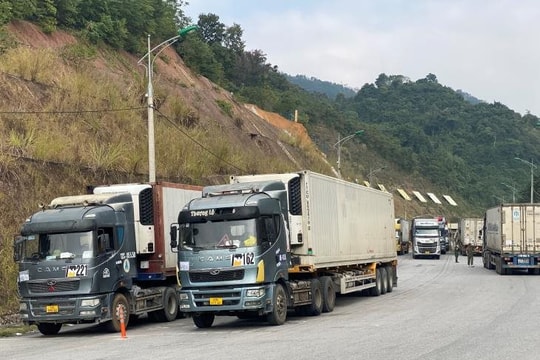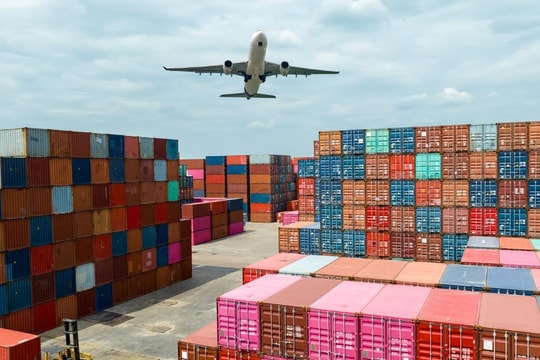
Global Surge in Industrial Robot Numbers
The World Robotics 2023 report from IFR highlights a significant increase in the installation of robots in factories around the world. By 2023, a total of 4,281,585 industrial robots were in use, marking a 10% rise compared to the previous year. Notably, annual installations have exceeded half a million units for three consecutive years. This surge is a testament to the growing trend of automation, particularly after the COVID-19 pandemic, as businesses seek to restore production and improve supply chains.
According to IFR data, 70% of newly installed robots in 2023 were deployed in Asia, with China leading the way. Europe and the Americas accounted for 17% and 10%, respectively, underscoring the importance of Asia in spearheading global automation trends.
Asia Leads the Automation Trend
China is currently the largest market in the world for industrial robots. In 2023, the number of robots installed in China reached 276,288 units, accounting for 51% of global installations. This is the second-highest installation level in history, just behind 2022 with 290,144 units. China's impressive growth not only reinforces its position as a global manufacturing hub but also demonstrates its strength in mastering automation technology and production processes.
One key factor behind this growth is the substantial increase in domestic manufacturers, who made up 47% of China's industrial robot market in 2023. This reflects the country's growing self-reliance in producing and applying automation technology. With nearly 1.8 million robots currently in operation, China is the only country globally with such a large stock of industrial robots.
This trend is expected to continue in the coming years, with an average annual growth rate of 5-10% projected through 2027. This not only reflects a technological shift in China's industrial sector but also creates a huge demand for service providers and related technology companies.

Japan and South Korea: Stable but in Need of Innovation
Japan remains the world's second-largest market for industrial robots, following China. In 2023, the number of robots installed in Japan reached 46,106 units, a 9% decrease from 2022. However, this decline is not overly concerning, as Japan had experienced two strong growth years prior, with a peak of 50,435 units in 2022. Although robot demand in Japan is expected to stabilize temporarily in 2024, it is forecast to recover by 2025 and continue growing at a steady rate.
South Korea is also among the countries with a developed robot market. In 2023, South Korea installed 31,444 robots, down 1% from the previous year. Despite the slight decline, South Korea remains the fourth-largest market for annual robot installations, following China, Japan, and the United States. This indicates that South Korea remains a key manufacturing center in East Asia.
India: Breakthrough Potential of an Emerging Economy
India is one of the fastest-growing emerging economies in Asia, and the rise in the number of industrial robots is proof of this growth. Robot installations in India surged by 59% in 2023, reaching a record 8,510 units. Particularly, demand from the automotive industry skyrocketed, with 3,551 robots installed, a 139% increase from the previous year. Both car manufacturers and suppliers contributed to this development.
India’s rapid growth highlights the enormous potential for the country to become a leading center of manufacturing and automation in the region. With this momentum, India could soon become a formidable competitor in the manufacturing and industrial automation sectors.
The sharp rise in global industrial robot installations and usage not only reflects the increasing trend of automation but also opens up significant opportunities for economies around the world. Countries like China, Japan, and India are capitalizing on this advantage to boost productivity and enhance their competitiveness in the international market.
However, the explosion of automation also brings numerous challenges. Developing robot technology requires substantial investments, not only in infrastructure but also in a highly skilled workforce. Businesses need to adopt long-term strategies for training and developing teams of engineers and experts to keep up with rapid technological changes.

Moreover, fierce competition in the automation sector between countries means that businesses must continually innovate, improve technology, and refine production processes to avoid being left behind. This race will continue, and those nations that seize the moment and effectively apply automation technology to production will hold the key to sustainable development in the future.



.jpg)



.jpg)
.jpg)




.png)










